By Rick VanSickle
It’s not often the Canada’s two main wine regions share wildly similar harvest challenges in the same year — but it happened in 2019.
Both B.C’s Okanagan Valley and Ontario faced hurdles Mother Nature put in their way. In the Okanagan, severe heat in August turned to frequent rain in September and then a chilly fall all resulted in an adventurous year for growing grapes and making wine. It was similar in Ontario with a slow start to the season, heat all summer long and then a terrible fall with rain and cold with some wineries not picking late-ripening varieties until after the snow began flying. As I write this, there was still some Cabernet Sauvignon hanging on the vines and at least three wineries picked icewine grapes before all the table wine grapes were in the house. That’s just weird.
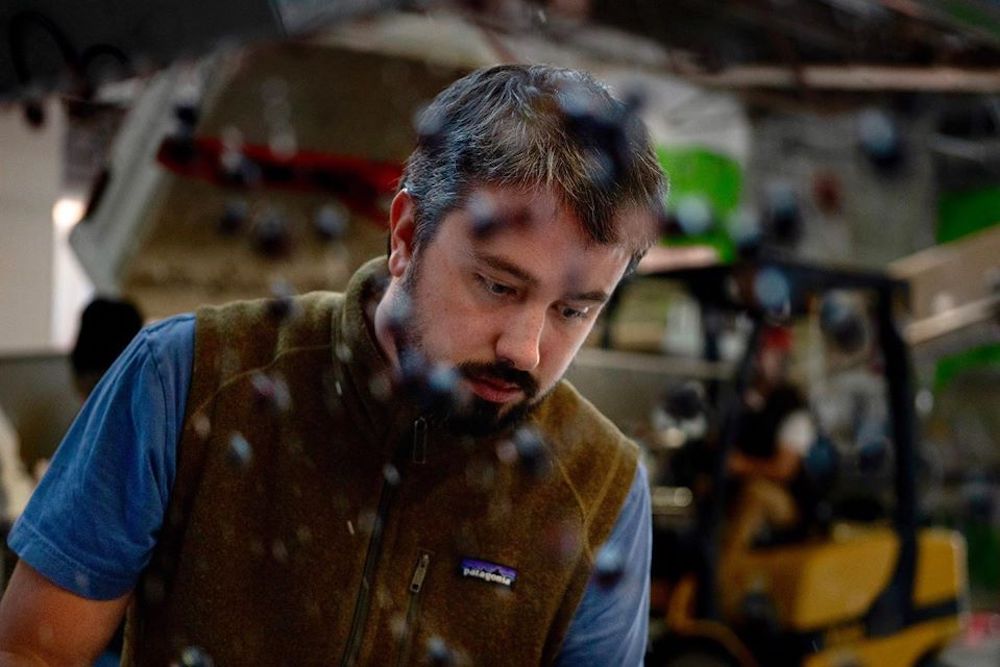
“These weather events, while challenging, helped us find focus in our winemaking and viticulture,” said Taylor Whelan (above), the winemaker at the Okanagan Valley winery CedarCreek. “Now, on the other side of the harvest, we’re thrilled with the wines we produced. Wine’s made in challenging years often possess an elegance and intensity not found in the years where it seems like the wines almost make themselves.”
Like all difficult vintages, the quality will depend on vineyard decisions and the skill of the winemaking team. “To achieve the quality we were after, we became very selective about which bunches we picked, slowed our sorting line down and managed our ferments very closely,” said Whelan.
Time, of course, will show us just how successful wineries were in turning a challenge into a triumph. For now, we have current and upcoming vintages to enjoy.
In this B.C. wine report, Michael Lowe (where noted) and I delve into a selection of B.C. wines from:
• Lakeside Cellars
• Township 7
• Martin’s Lane
• Fort Berens
• CedarCreek Estate Winery
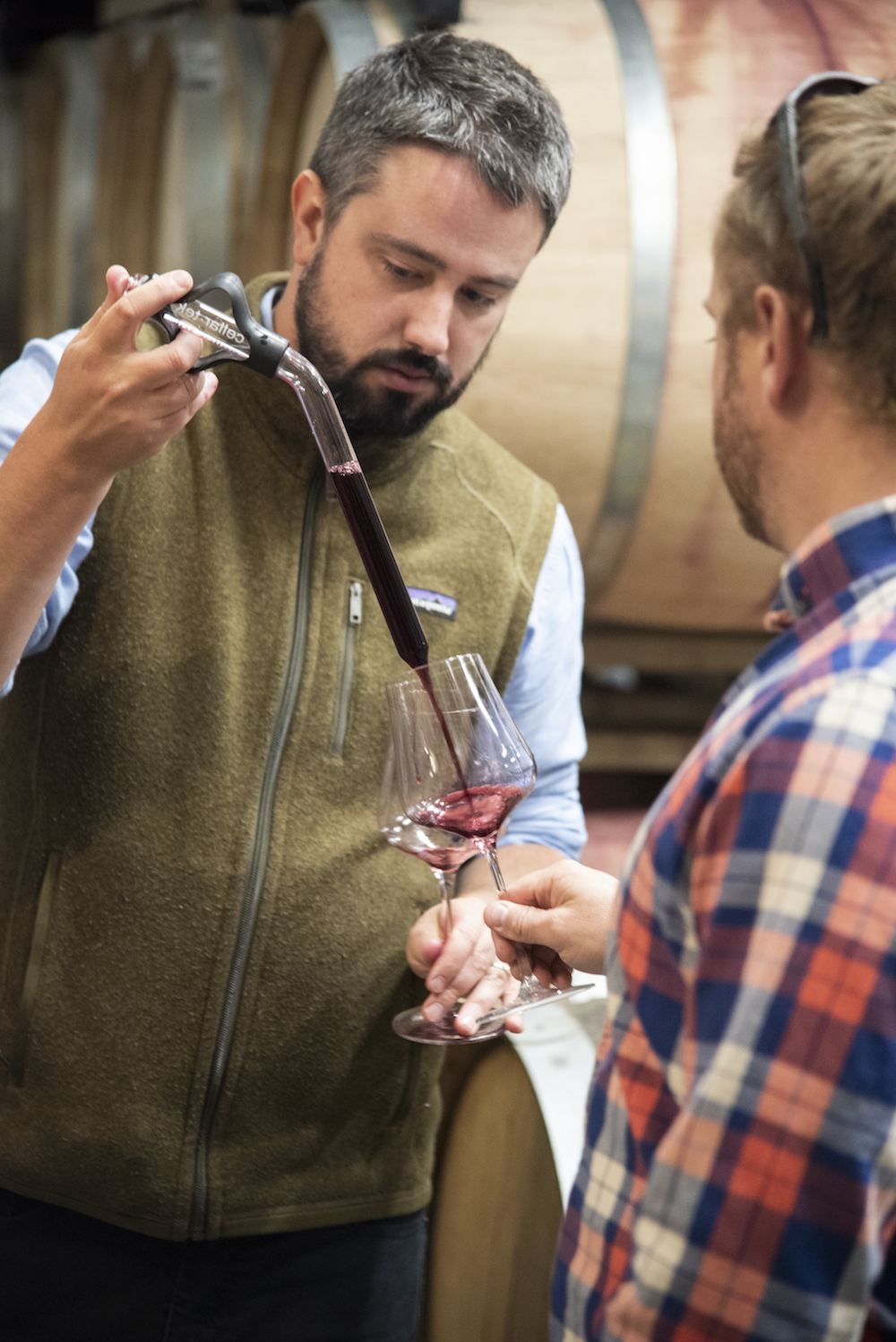
The big news for this winery that is part of the Anthony von Mandl family of wines, is that both the Home Block and CedarCreek estate vineyards have been officially certified organic following a three-year conversion of the estate’s viticulture and winemaking practices. For the Kelowna winery, it was a three-year conversion process, accredited by Ecocert Canada, which began in August of 2016.
Here’s what I liked from the fall releases:
CedarCreek Estate Winery

CedarCreek Estate Chardonnay 2018 ($19, 88 points) — The wine is aged in French oak (24% new) foudre and and barrique for 10 months. The nose is all about the lemon-citrus, pear, flint, freshness and kiss of oak spice. It’s finessed and bright on the palate with a range of stone fruits, lemon tart and elegant oak accents.

CedarCreek Estate Pinot Noir 2017 ($27, 88 points) — A pretty nose of fresh crushed red berries, cranberries, light spice notes and a touch of anise. It’s made in a medium-bodied, lighter style of Pinot with more intense fruit on the palate including black cherries, currants, brambly raspberries, anise, interesting spice notes and finesse on the finish.

CedarCreek Platinum Block 7 Pinot Gris 2018 ($30, 93 points) — For this second vintage of Platinum Pinot Gris, winemaker Taylor Whelan pushed it up a level. At 35 g/l of RS and approximately 5 to 10% botrytis affected fruit, it is an intense wine that is reminiscent of the Alsatian style of vendange tardive with an Okanagan twist. Fermentation took place over 45 days in concrete egg (22%) and oak puncheon (78%) with an added 6 months on the lees. It has an intense nose of honeysuckle, fuzzy peach, candied citrus peel, cantaloupe, creamy pear and subtle spice notes. It’s rich and creamy on the palate with succulent tropical fruits, peach cobbler, poached pear, sweet citrus rind, honeycomb and ginger with a long, caressing finish that’s relatively balanced by the juicy acidity. Attractive now, but can cellar 5+ years and see how this gorgeous wine develops.

CedarCreek Platinum Block 3 Riesling 2018 ($30, 92 points) — At the recent Judgment of B.C. on Oct. 29, this Riesling placed second behind the Nik Weis St. Urbans-Hof Wiltinger Alte Reben (Germany) after being judged by 32 wine professionals from around the world. There is a touch of botrytised fruit in this wine, adding a bit of complexity. It shows bright lemon-lime, grapefruit, green apple, nectarine and mineral notes on the nose. There is tension on the palate with a nervy yin-yang between tart and sweet citrus with stone fruit notes, saline minerality and apple skin that leads to a fresh, vibrancy on the finish.

CedarCreek Platinum Haynes Creek Vineyard Syrah 2017 ($50, 92 points) — 30% of the fruit is whole bunch pressed with all the fruit wild fermented. A pinch of Viognier is added to lift aromatics with the wine spending 14 months in French oak. It shows a vibrant purple colour in the glass with heady aromas of meaty red berries, a floral note, black currants, boysenberries with a deep mineral/earthy component, black pepper and rich oak spices. It’s simply gorgeous on the palate with everything we love about Syrah — concentrated dark berries, spice, meat, earth and pepper that is complex, textured and plush through a long finish. Cellar 7+ years and you will be richly rewarded.

CedarCreek Platinum Riesling Icewine 2017 ($58 for 375 mL, 93 points) — It was barrel fermented in oak for eight weeks and finished at 229 g/l of RS, so, yes, super sweet with an inviting nose of peach, quince, apricot, honeycomb, light spice and marmalade notes. It’s lush, rich, super concentrated and layered with peach, citrusy marmalade, exotic tropical fruits, dripping in honey and enough acidity to keep this super-sweet package from cloying on the finish. Such flavour and depth that will add lovely tertiary flavours if left to cellar a few years.
Lakeside Cellars
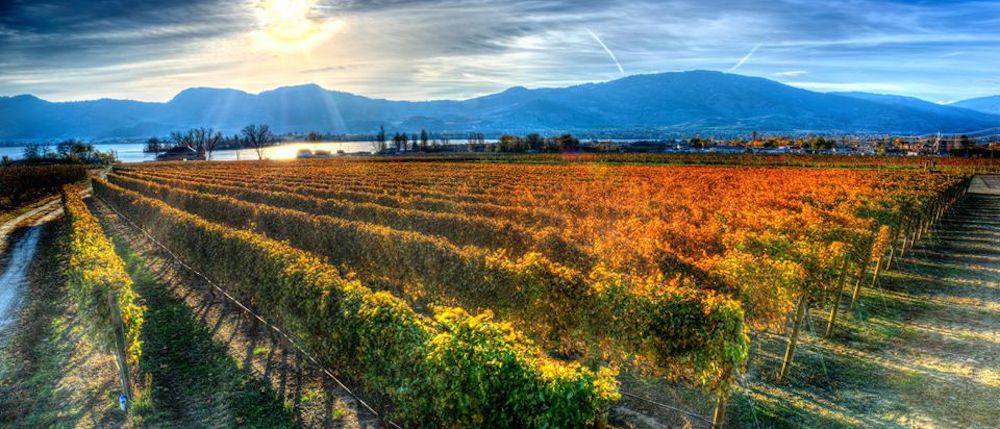
Lakeside Cellars is perched on the eastern shores of Lake Osoyoos and is the culmination of a lifelong commitment to farming.
The estate now comprises a 14-acre parcel of land that was originally a vast cattle and agriculture enterprise dating back to 1882. In 2015, Harbans and Harkesh Dhaliwal purchased the historical landmark and resting place of the old Haynes Homestead.
Lakeside now also sits on the site of the first commercial orchard, owned and planted by Leslie Hill. The Hill Ranch stretched 1,100 acres on the eastern slop around Lake Osoyoos. Orchards of cherries, apricots, nectarines, plums, prunes, peaches, pears and apples, were first planted in the Okanagan north of the border.
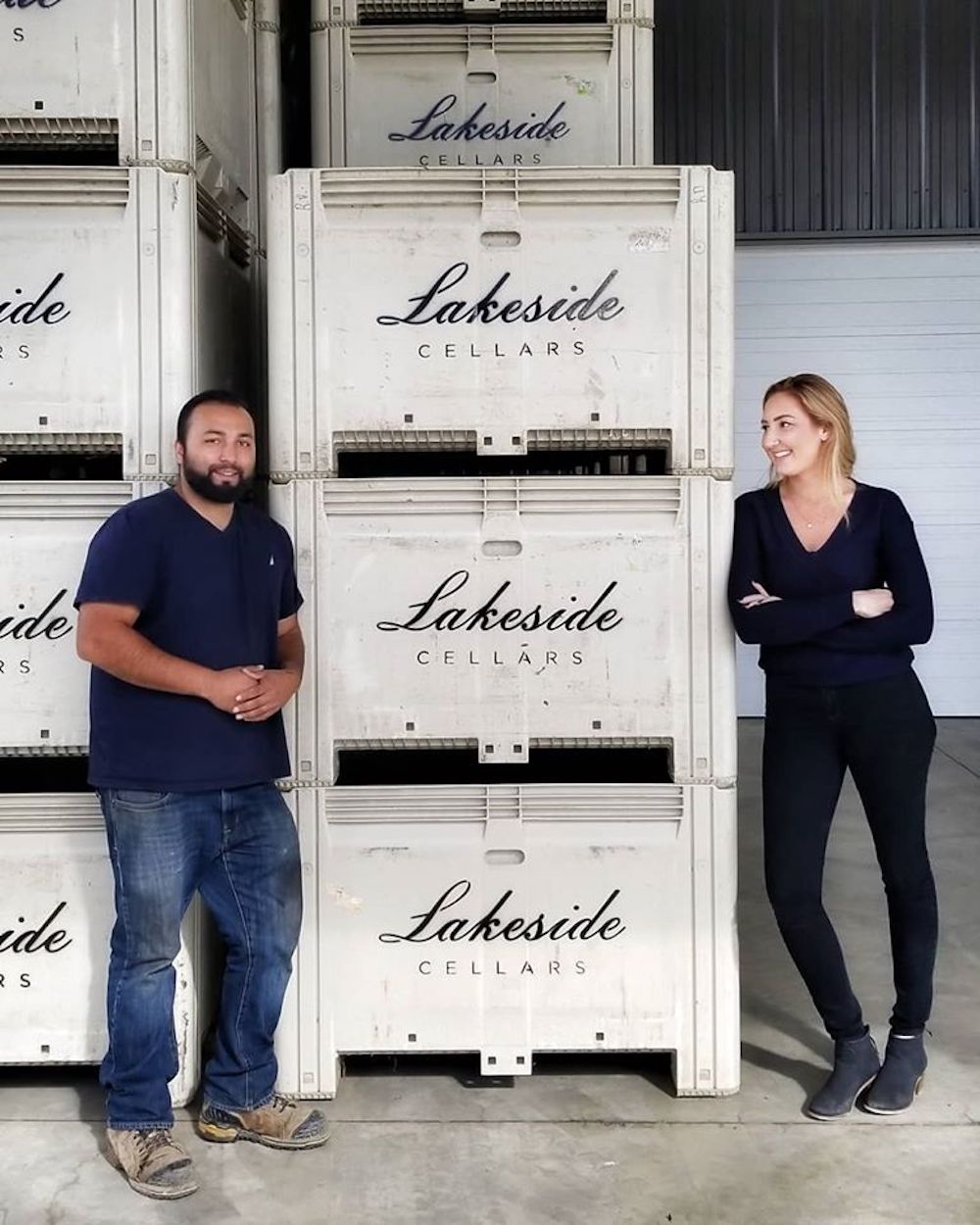
Upon purchasing the lakeshore property in 2015, the Dhaliwals, Ricky and Danielle Dhaliwal above, have inherited old-vine plantings of Cabernet Sauvignon and Sauvignon Blanc, planted in 1998. Their mission was to continue the tradition of agriculture on the property and guide its rich history towards the current Okanagan lifestyle.
These are the first wines from this winery that Wines In Niagara has tasted. Here’s what we can recommend:
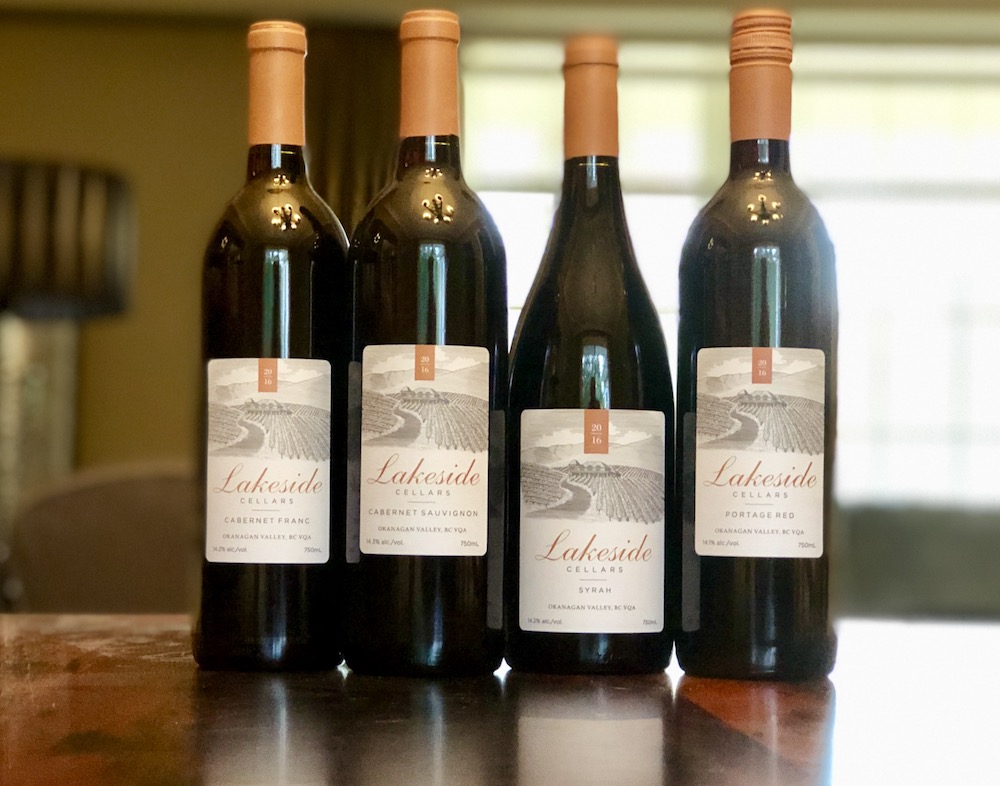
Lakeside Cellars Portage Red 2016, Okanagan Valley ($24, 89 points) — The blend is 44% Cabernet Franc, 32% Cabernet Sauvignon and the rest Merlot that was aged in a combination of French and American oak for 24 months. It has a ripe, forward nose of black cherries, currants, raspberries, leather and light oak spice notes. The tannins are soft on the palate with juicy, concentrated red berries, spice, anise and earthy/savoury notes on a smooth and vibrant finish. Drink now or cellar for 3 years.
Lakeside Cellars Syrah 2016, Okanagan Valley ($26, 91 points) — Sourced from the east bench of Osoyoos and aged in new and second-fill American oak for 24 months, this Syrah has an expressive nose of savoury cherries, boysenberries, blueberries, cracked peppercorns, forest floor and meaty-spicy notes. It’s silky smooth on the palate with rich savoury red fruits, pepper, licorice, spices and vibrant finish. Spot on Okanagan Syrah.
Lakeside Cellars Cabernet Sauvignon 2016, Okanagan Valley ($26, 90 points) — The estate fruit is aged for 24 months in a combination of new second-fill American oak. The attractive nose shows ripe blackberries, saddle leather, black currants, tobacco and oaky caramel spice notes. On the palate look for ripe dark fruits, licorice, mocha, spices and bright acidity that keeps it lively through a plush and long finish. Nicely harmonized right out of the gate.
Lakeside Cellars Cabernet Franc 2016, Okanagan Valley ($28, 90 points) — The estate’s Cab Franc vineyard is nestled under Mount Kobau on the Golden Mile. The wine is aged for 24 months in a combination of French and American oak. An attractive nose of brambly rasberries, wild herbs, cherries, cassis, spice, earth and floral notes. It’s juicy on the palate with red berries, mocha, herbs and savoury spice notes with a vibrant finish.
Fort Berens Estate Winery
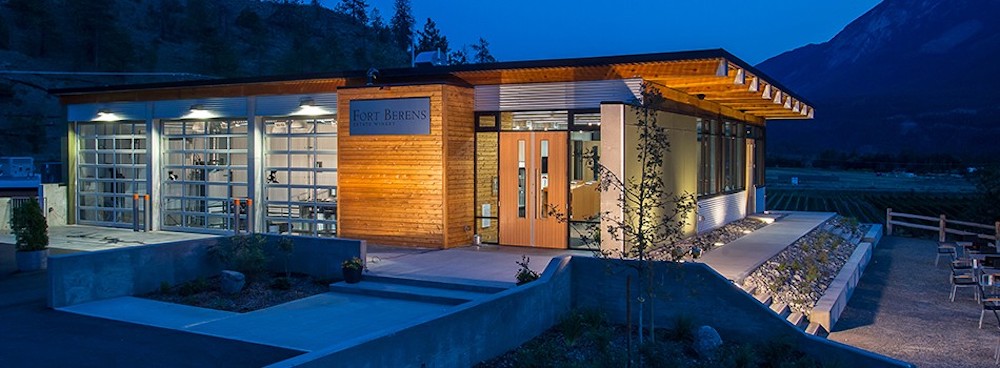
Fort Berens Estate Winery, located in Lillooet, is a culmination of the dreams, vision and pioneering spirit of several entrepreneurs. The winery is owned by a team of eight individuals who share a common belief in the winemaking potential of British Columbia’s Fraser Canyon.
Here’s what we can recommend from the fall releases:
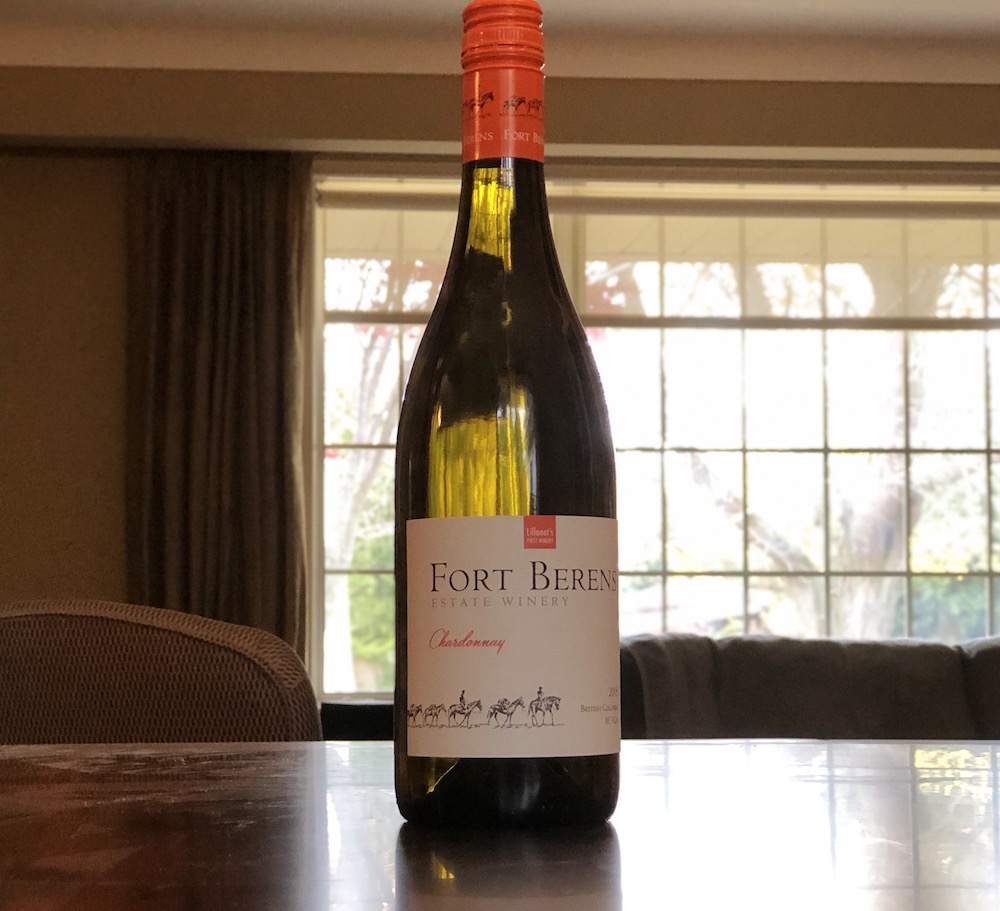
Fort Berens Chardonnay 2018 ($20, 88 points) —The nose shows pear, apple, peach and sweet vanilla oak spices. It’s lush and silky on the palate with creamy vanilla, pear, quince, pineapple and touch of citrus zest on the finish to keep it vibrant.
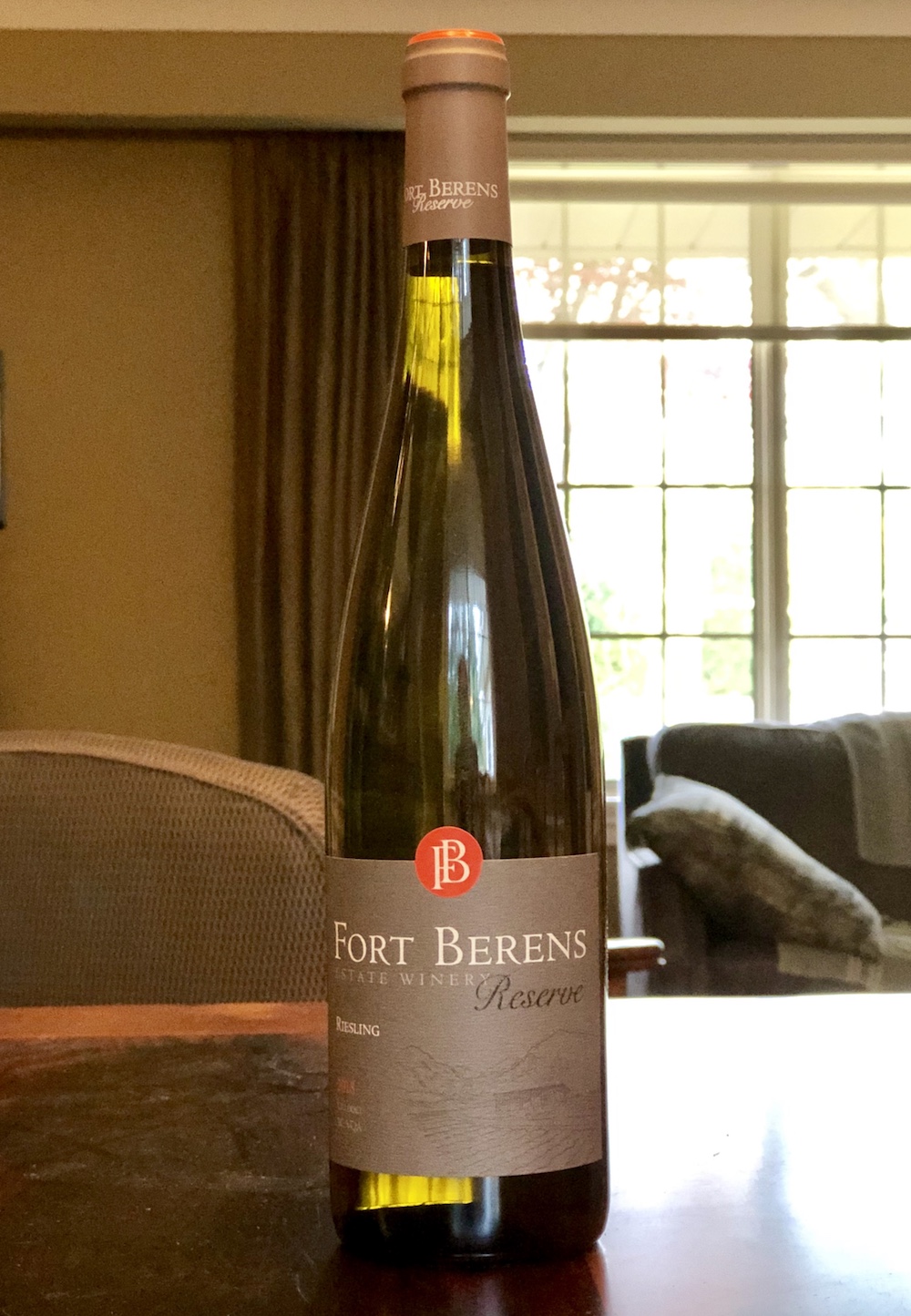
Fort Berens Riesling Reserve 2018 ($24, 92 points) — Sourced from the Dry Creek vineyard, this wine is intensely fragrant with lifted, citrus blossoms leading to vibrant lemon, lime, green apple and pear aromas, with just a faint petrol note. The palate is lively, showing juicy lemon-lime and green apple, stony minerality and lingering citrus zest on the long finish. Crisp, precise, and slightly off-dry with excellent, balancing acidity. It will pair with mild spiced dishes or pasta with rich, creamy sauces. (Mike Lowe review)
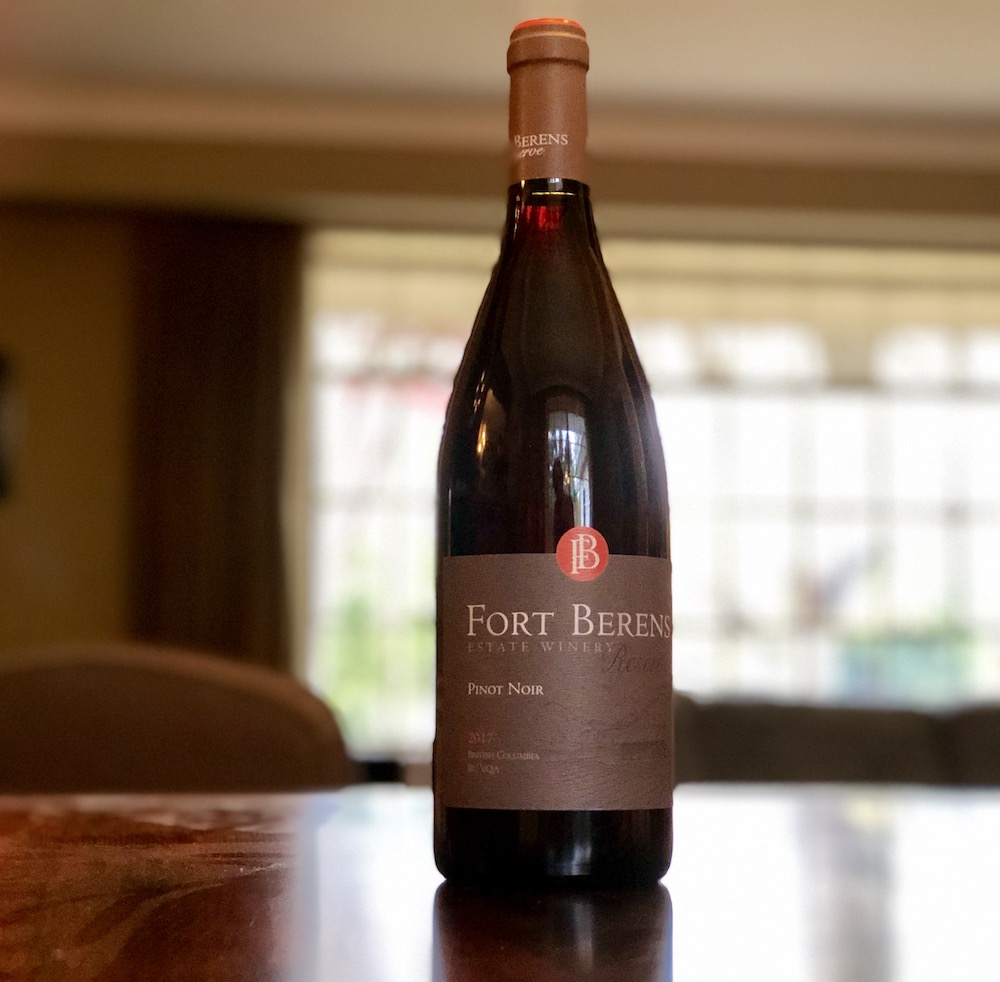
Fort Berens Pinot Noir Reserve 2017 ($30, 92 points) — An enticing nose of fresh crushed black cherries, spiced raspberries, violets, anise, cigar leaf and a lovely vein of stony minerality. It’s medium-bodied and silky smooth with light tannic structure that bursts with red berries, integrated spice, anise and earthy/savoury note through a lifted finish. Cellar 5+ years.
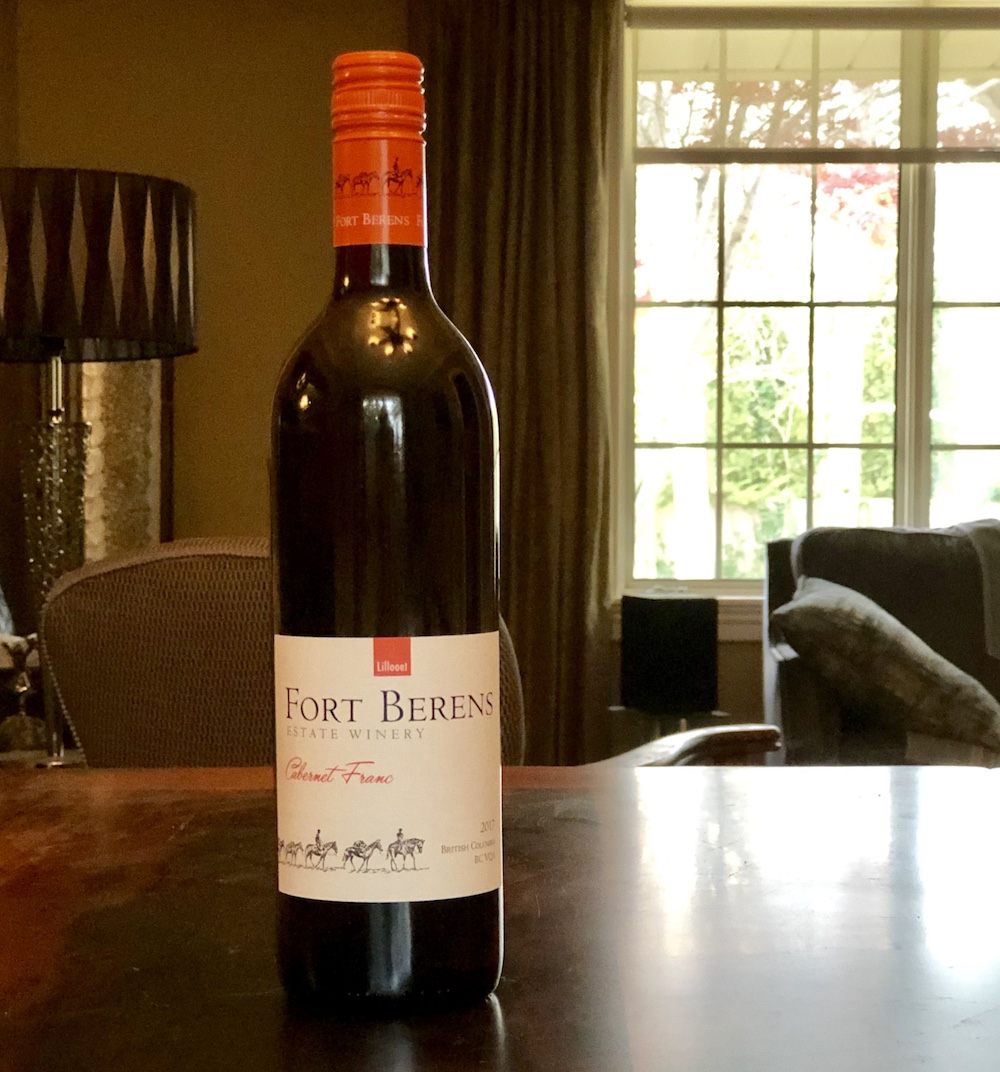
Fort Berens Cabernet Franc 2017 ($28, 90 points) — With plenty of black currant and blackberry aromas up front, a savoury roasted pepper note, a bit of black tea, and hints of mint, tarragon and spices, there’s a lot to like in this robust red. On the palate, ripe, slightly sweet berry flavours take centre stage tinged with spicy nutmeg and remnants of black tea on a lengthy finish. Structure is refined with silky tannins making it very drinkable now, but with another 3-4 years of aging, it will really shine. (Mike Lowe review)
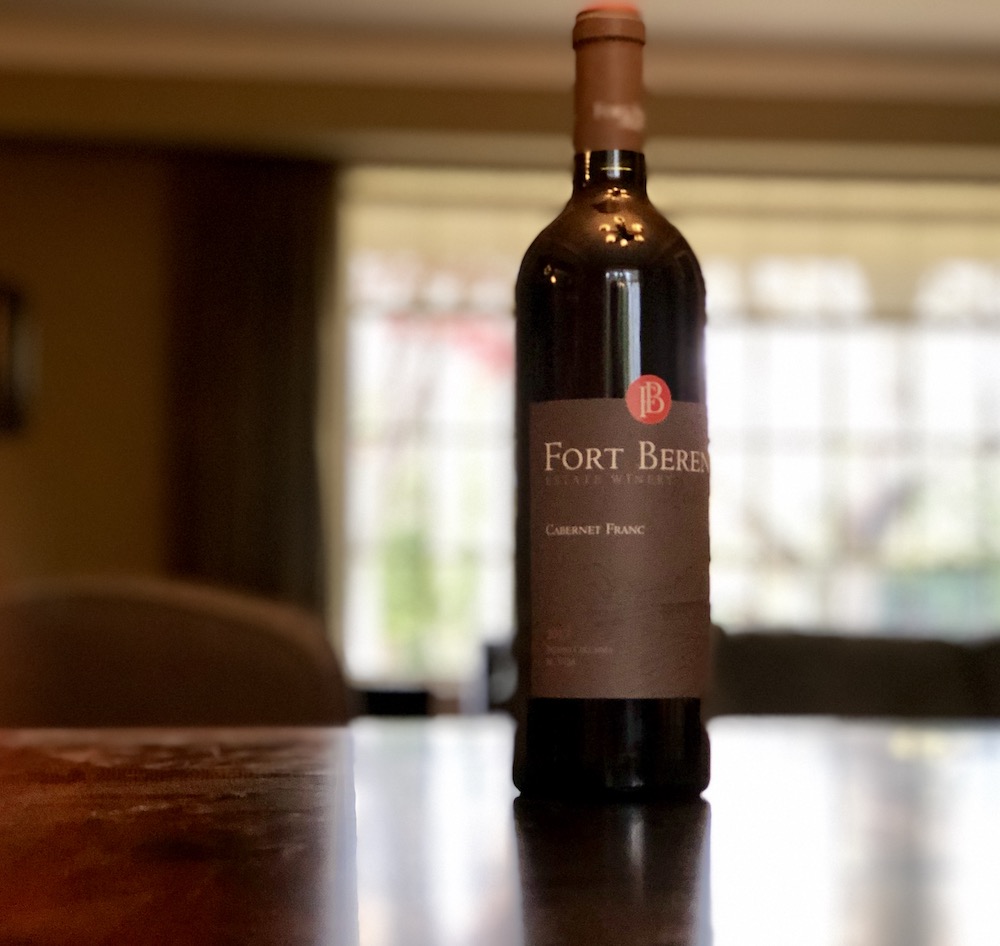
Fort Berens Cabernet Franc Reserve 2017 ($32, 91 points) — The nose is expressive with intense cherry and raspberry fruits, roasted herbs, lavender, blackberries and spice accents. It’s bright and polished on the palate with a lovely mélange of ripe red berries, anise, fine tannic structure, savoury herbs, spice and juicy through a long finish.
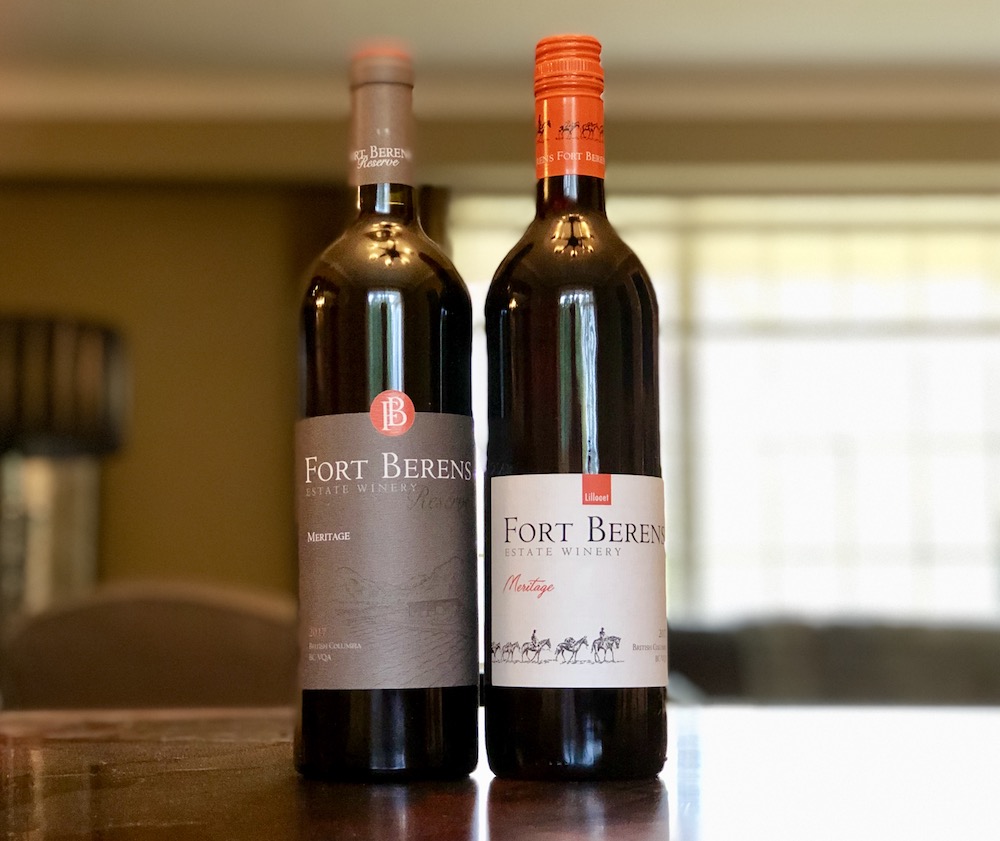
Fort Berens Meritage 2017 ($26, 90 points) — This vintage is blend of 65% Merlot, 24% Cabernet Sauvignon and 11% Cabernet Franc. As the blend suggests, look for lots of cherry and blackberry notes followed by dark plum and mulberry with an earthy, cedar wood undertone. Fairly rich and concentrated on the palate with replays of red berries pushing through the long finish. Decant for a couple of hours if drinking now, or age for 5-8 years. It will pair nicely with roasted venison or hard, aged cheeses. (Mike Lowe review)
Fort Berens Meritage Reserve 2017 ($32, 91 points) — When first opened, there’s a subtle cured meat note leading to lots of cherry, plum and blackberry aromas. There’s an earthy, new leather, dried herbal core here too. The palate is laced with ripe black cherry, currants, cinnamon/clove spice and star anise. It’s all wrapped up in nicely integrating tannins, but another 6-8 years of age will reward the patient wine lover. Roasted lamb or grilled beef will be an excellent partner. (Mike Lowe review)
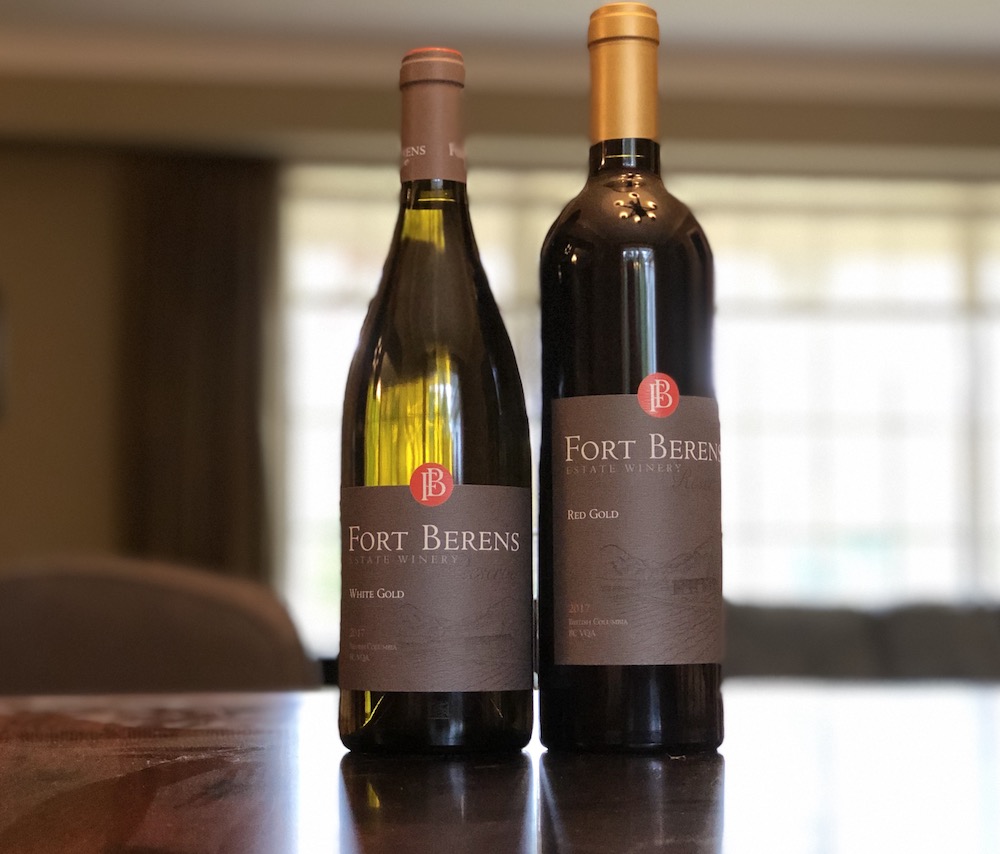
Fort Berens White Gold Chardonnay 2017 ($26, 91 points) — The fruit is whole cluster pressed, wild fermented and aged in oak barrels. The nose is pure elegance with baked apple, creamy pear, subtle flinty notes and underlying citrus. It’s rich and creamy on the palate with poached pear, apple, elegant oak spices, depth of flavour and bright, juicy acidity on the finish. Can age 3+ years.
Fort Berens Red Gold 2017 ($45, $99 in magnum, 93 points) — This wine is a blend of 67% Merlot and 33% Cabernet Franc from the estate’s Dry Creek Vineyard in Lillooet. It has a bold and sassy nose of ripe blackberries, cassis, black currants, licorice, savoury herbs and integrated oak spice notes. It’s just lovely on the palate with rich, concentrated dark fruits, touch of cherries, oak spice and herbs on a complex and structured frame that all leads to a long, long finish. Hold 5+ years.
Township 7 Vineyards and Winery
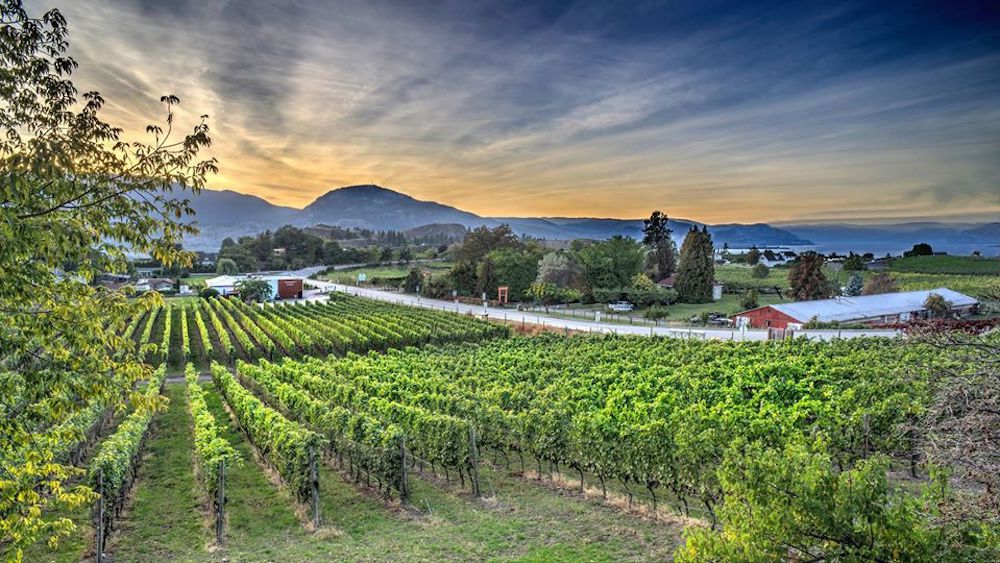
Township 7 focuses on the production of small lot wines made from carefully chosen grape suppliers from the Okanagan Valley and from estate vineyards in Langley and on the Naramata Bench.
Here’s what we can recommend from a selection of fall releases:

Township 7 Pinot Gris 2018 ($19, 88 points) — A fresh and fragrant nose of peach, apricot, nectarine and pear. Textbook Gris on the palate with a range of orchard fruits that’s clean and vibrant through the finish.

Township 7 Raju Vineyard Viognier 2018 ($25, 90 points) — From the Raju Vineyard in Osoyoos, this Rhone varietal was fermented in a combination of stainless steel and oak. It has a personable nose of honeysuckle, lime, tangerine, peaches and apricot. The fruit is ripe on the palate and gushes with peach, tangerine, and citrus with lovely mouth feel through a long and vibrant finish.

Township 7 Merlot 2017 ($25, 88 points) — A smoky nose with underbrush and earthy notes to open with black cherries, cassis, brambly raspberries and integrated oak spices that follow. It shows supple tannins in support of the smoky red berries, anise and barrel spice notes. Nicely balanced and should improve in the cellar 4+ years.

Township 7 Cabernet Sauvignon 2017 ($28, 89 points) — An expressive nose of black currants, blackberries, dark cherries, dried tobacco, leather and elegant spice notes. Turns more earthy on the palate with structure and polished tannins to go with dark berries, loam, spice and juicy acidity acidity on the finish.
Martin’s Lane Winery
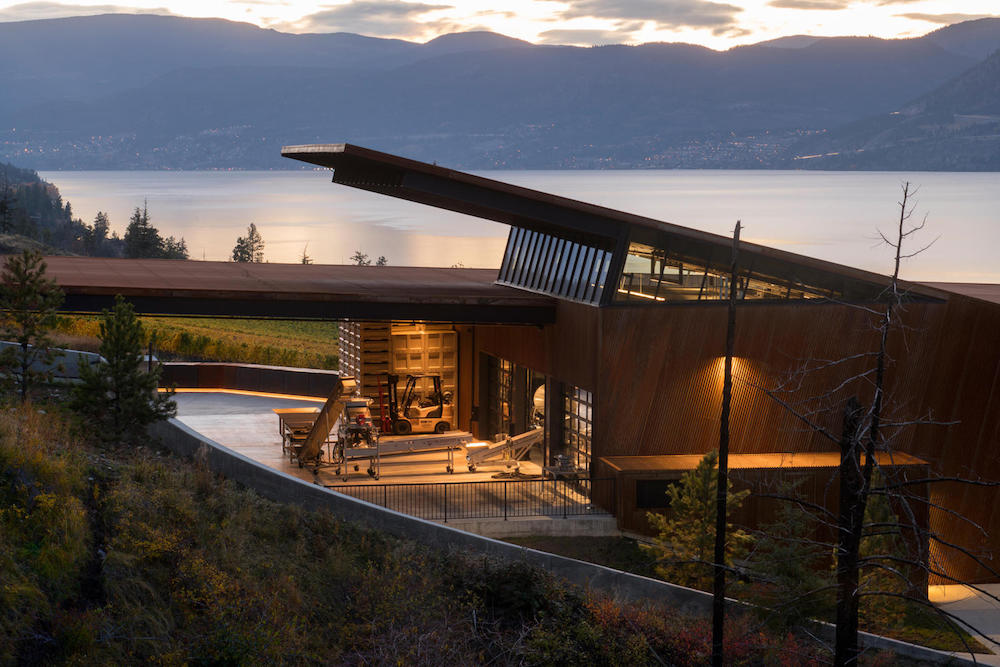
I was invited to taste, and in some cases, retaste, the Rieslings and Pinot Noirs from
Mission Hill owner Anthony von Mandl’s Martin’s Lane Winery. It’s the second time tasting Martin’s Lane wines and I thank wine writer Tony Aspler for sharing his samples with me.
Martin’s Lane is a jewel among the still growing stable of von Mandl’s wineries, this one named in honour of his late father. It’s an architectural marvel that’s built on the east side of Lake Okanagan near another one of von Mandl’s series of Okanagan wineries, CedarCreek.
Martin’s Lane only makes two varietal wines — Riesling and Pinot Noir, all single-vineyard expressions from various terroirs in the Okanagan. The wines are crafted by New Zealander Shane Munn.
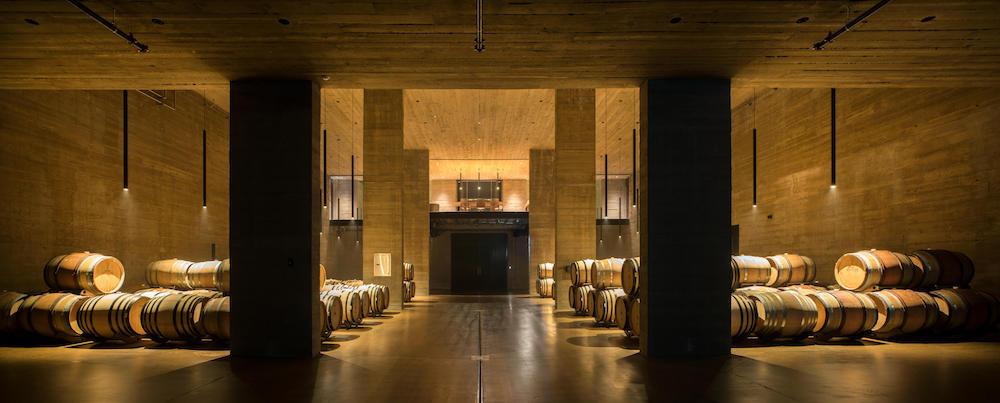
Here’s what I can recommend from the tasting with Aspler recently.
The Rieslings
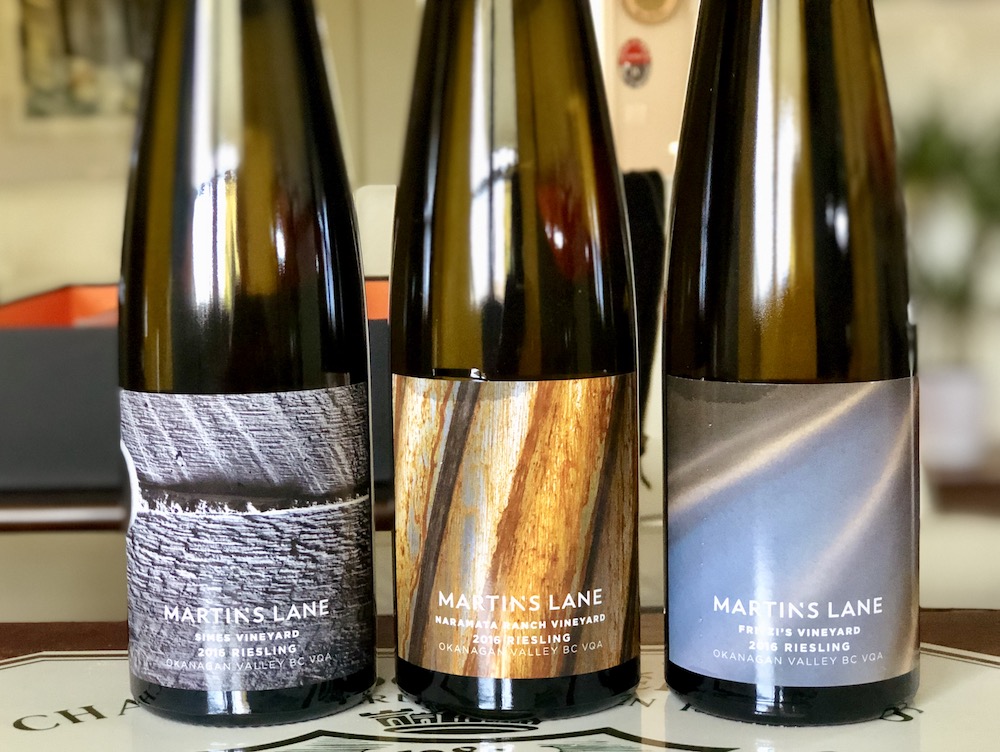
Martin’s Lane Simes Vineyard Riesling 2016 ($45, 93 points) — Wild fermented, nine months on the lees, finished with a modest 5 g/l of residual sugar and 13.1% abv. Such a lime and grapefruit nose with apple skin, white flowers and flinty/saline notes. It’s broader on the palate with pristine citrus, stone fruits, minerals, ginger and a chalky, vibrant finish.
Martin’s Lane Naramata Ranch Vineyard Riesling 2016 ($55, 92 points) — I have no technical notes for this wine, but the previous vintage was wild fermented with 6 months on the lees and 13%+ abv and slightly more RS then the above wine. It’s tight on the nose at the moment, but opens up to lemon, citrus, minerals, apple pith and honeysuckle. It’s juicy, highly structured, and builds in momentum on the palate to reveal lime, grapefruit, bright green apple and river-rock minerality that’s refreshingly dry and vibrant through the finish.
Martin’s Lane Frtizi’s Vineyard Riesling 2016 ($65, 94 points) — Like the other Rieslings above, it’s wild fermented, spent some time on the lees, and was finished with no filtering or fining and 13%+ abv. Such a different expression of Riesling with an elegant and highly perfumed nose of grapefruit, ginger, honeysuckle, peach, lime, lemon tart and stony minerality. It’s intense and juicy on the palate with stone fruits, citrus zest, ginger, flinty/smoky notes, racy acidity and vibrancy through a caressing finish. Just an amazingly complex and delicious Riesling that is worthy of your cellar.
The Pinot Noirs
Many of these Pinots below have been previously reviewed, but were retasted with new notes and scores as warranted.
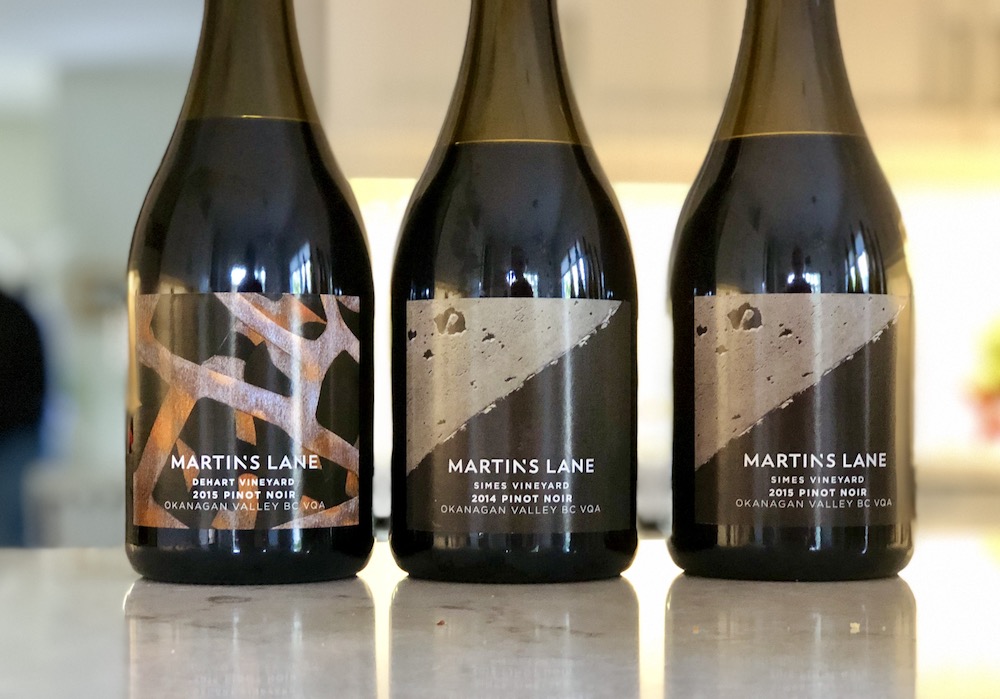
Martin’s Lane Simes Vineyard Pinot Noir 2014 ($100, 92 points) — This is wild fermented, spends 17 months in extra tight grain French oak and finished unfiltered at 14% abv. A lush and bold nose of ripe black cherries, cassis, kirsch and beetroot with rich oak spice notes. It’s a full-on Pinot on the palate with ripe red berries, anise, licorice, woodsy/savoury notes and bright acidity keeping it all balanced and finessed through the finish.
Martin’s Lane Simes Vineyard Pinot Noir 2015 ($100, retasted, 92 points) – Tightly wound on the nose with savoury cherry, brambly raspberry, cassis, lightly toasted spice and mineral notes. It’s rich, savoury and fleshy on the palate with firm tannins and structure to carry the range of red fruits, anise and spice through a long, finessed finish.
Martin’s Lane DeHart Vineyard Pinot Noir 2015 ($100, retasted, 92 points) — This is the first vintage of the DeHart Vineyard Pinot Noir, which is made (I believe) similar to the other Pinots in the portfolio — unfiltered, unfined, wild fermented, 17 months or so in extra tight grain 100% French oak, minimum sulphur added and 14%+ abv. It’s highly aromatic and prettier than the Simes with brambly red fruits, cassis, smoky/spicy notes and a savoury edge. It has generous and ripe red fruits, anise, raspberry bramble and tannic structure with a range of integrated, elegant spice notes and a finessed, vibrant finish.
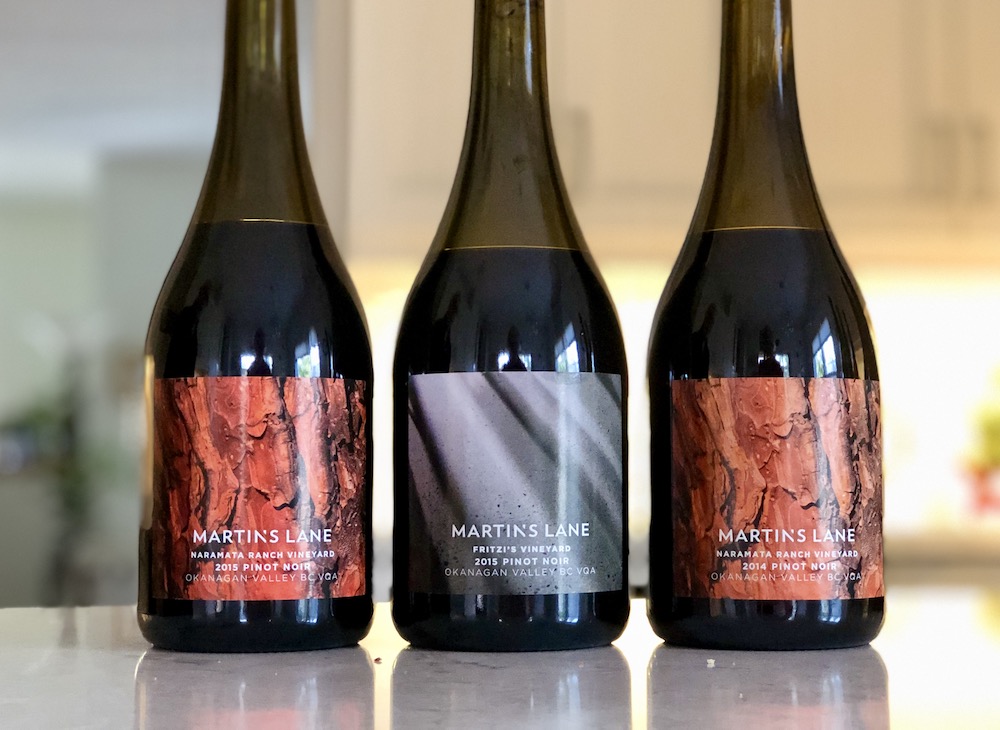
Martin’s Lane Fritzi’s Vineyard Pinot Noir 2015 ($150, retasted, 94 points) — Now, this is the bomb, the superstar of this rather impressive stable of Okanagan Pinots. It shows more restraint on the nose, but let it open up and it displays a glorious bouquet of freshly crushed and pretty small red berries, subtle forest berries and currants, beautifully integrated spice notes and swirling minerality. The tannins are grippy on the palate but nicely balanced with the full spectrum of black cherries, brambly raspberries, cassis and elegant oak spice notes. There is a lovely chalkiness to this Pinot that permeates through the finessed and long finish. Cellar up to 10 years.
Martin’s Lane Naramata Ranch Vineyard Pinot Noir 2015 ($100, retasted, 93 points) — This is the second vintage of the Naramata Pinot and has a more complex nose of meaty red fruits, barn-yard notes, savoury cherry, beetroot and woodsy spices. It’s lovely on the palate with ripe and savoury red fruits, elegant wood spices, polished tannins, depth and power that drives through a long, long vibrant finish. Can cellar 5+ years.


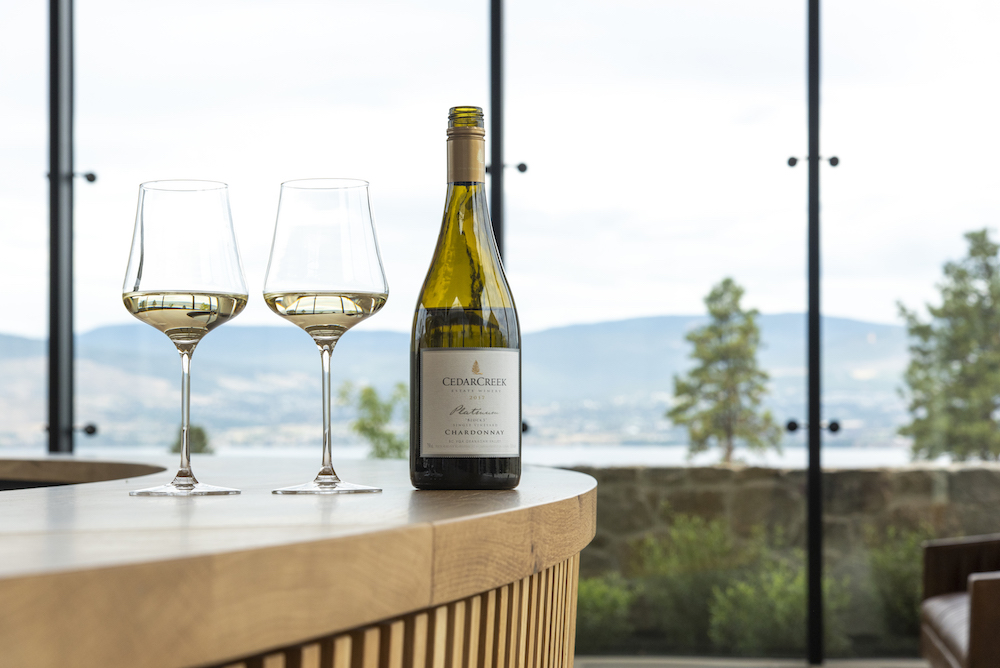



Comment here